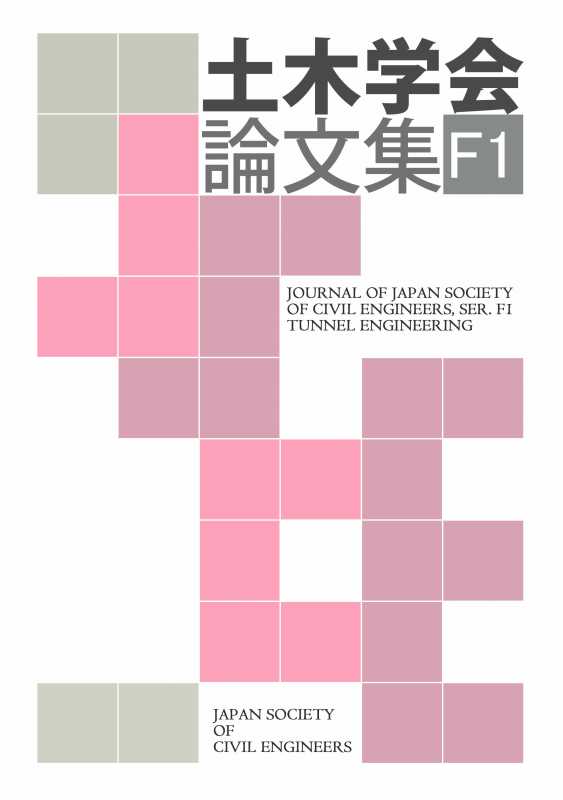Volume 76, Issue 2
Displaying 1-7 of 7 articles from this issue
- |<
- <
- 1
- >
- >|
Special Issue
-
2020Volume 76Issue 2 Pages I_1-I_20
Published: 2020
Released on J-STAGE: February 19, 2021
Download PDF (2471K) -
2020Volume 76Issue 2 Pages I_21-I_33
Published: 2020
Released on J-STAGE: February 19, 2021
Download PDF (2592K) -
2020Volume 76Issue 2 Pages I_34-I_48
Published: 2020
Released on J-STAGE: February 19, 2021
Download PDF (3779K) -
2020Volume 76Issue 2 Pages I_49-I_58
Published: 2020
Released on J-STAGE: February 19, 2021
Download PDF (1123K) -
2020Volume 76Issue 2 Pages I_59-I_66
Published: 2020
Released on J-STAGE: February 19, 2021
Download PDF (649K) -
2020Volume 76Issue 2 Pages I_67-I_74
Published: 2020
Released on J-STAGE: February 19, 2021
Download PDF (607K) -
2020Volume 76Issue 2 Pages I_75-I_83
Published: 2020
Released on J-STAGE: February 19, 2021
Download PDF (3177K)
- |<
- <
- 1
- >
- >|
